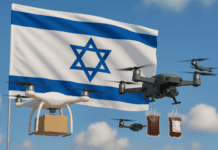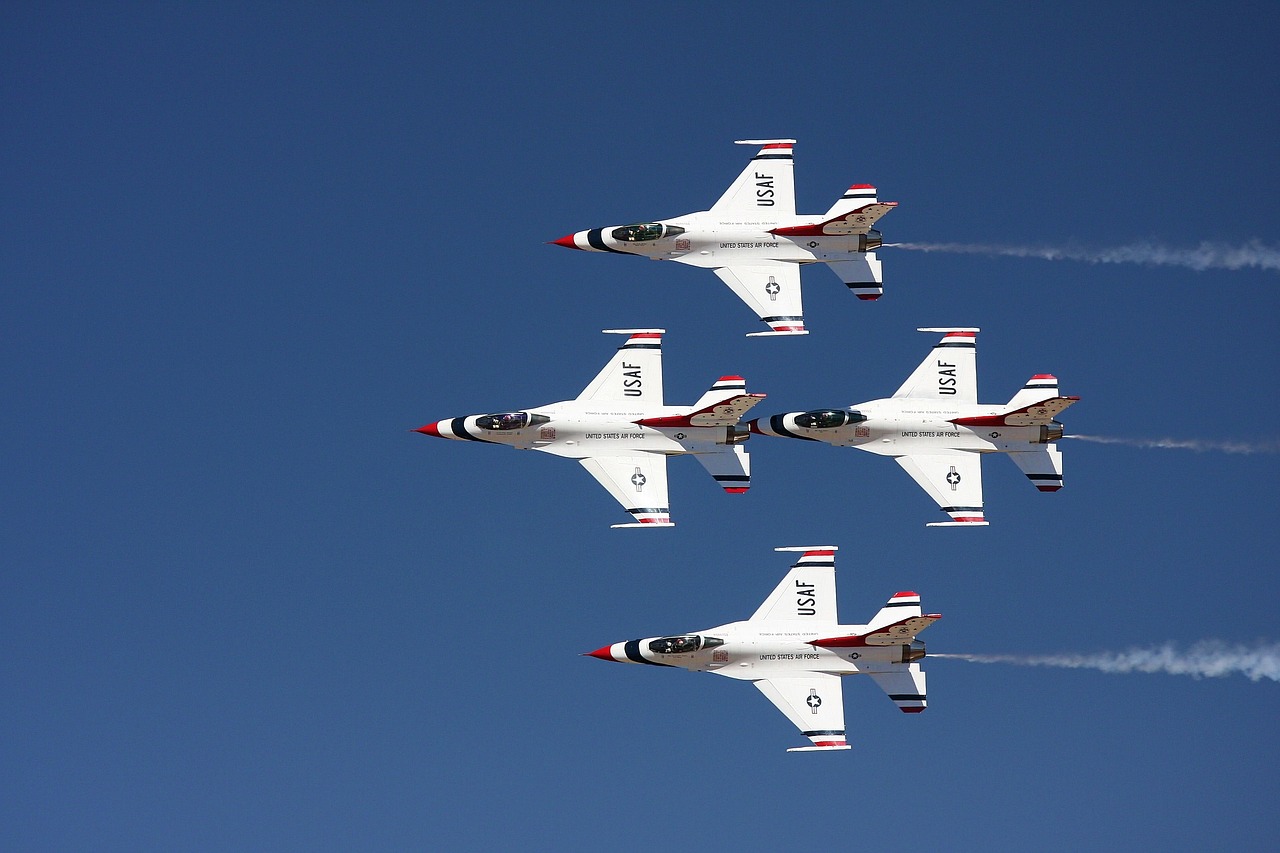This post is also available in:
 עברית (Hebrew)
עברית (Hebrew)
Ukraine has introduced a next-generation drone platform that integrates artificial intelligence and advanced navigation to strike targets without relying on GPS—marking a major milestone in autonomous warfare. The system, recently tested in live combat, combines multiple innovations in visual processing, LIDAR sensing, and swarm coordination.
At the core of the system is a large carrier drone—nicknamed the “mother drone”—capable of transporting two smaller first-person-view (FPV) drones to operational ranges of up to 300 kilometers. Once in position, the mother drone releases its payload, enabling the smaller drones to autonomously seek and engage enemy targets.
What sets this system apart is its SmartPilot guidance module, which replaces traditional satellite-based navigation with visual-inertial algorithms. Using onboard cameras and LIDAR (Light Detection and Ranging), the drones map the area, allowing them to operate effectively even in environments where GPS is jammed or unavailable.
This makes the drones particularly suited to contested airspace, where electronic warfare and signal disruption are routine. With onboard AI processing, the FPV drones can identify threats autonomously and strike them.
Ukrainian defense officials confirmed that each sortie costs approximately $10,000—significantly less than the cost of a precision missile strike. For missions within a 100-kilometer radius, the mother drone can return to base and be redeployed.
The use of AI-guided drones is reshaping the strategic balance in the region. As Ukraine accelerates the development and deployment of autonomous drone systems, the implications extend far beyond the current conflict. These technologies are redefining how modern militaries approach air dominance, intelligence gathering, and precision strikes—particularly in contested environments where traditional systems may fail. With AI at the core and a modular, cost-efficient design, Ukraine’s newest drones could serve as a blueprint for the next generation of tactical unmanned systems worldwide.


























